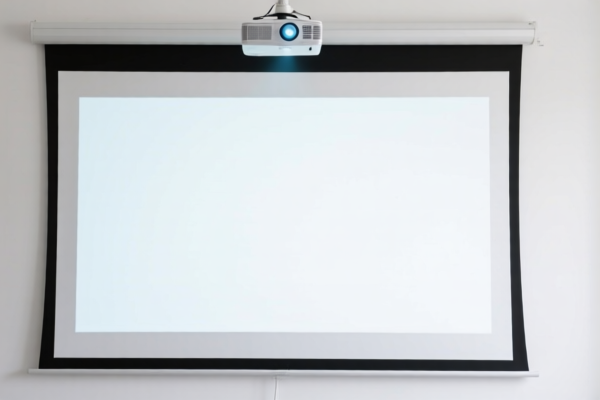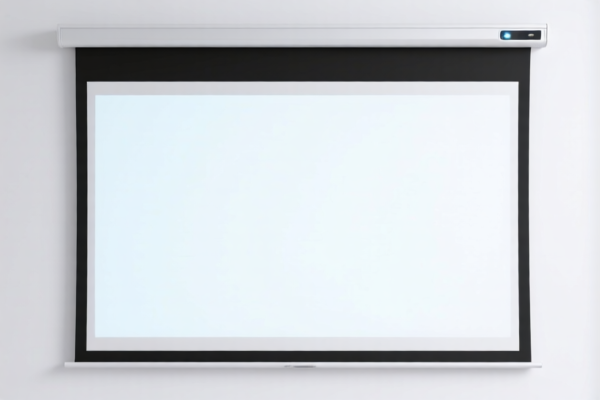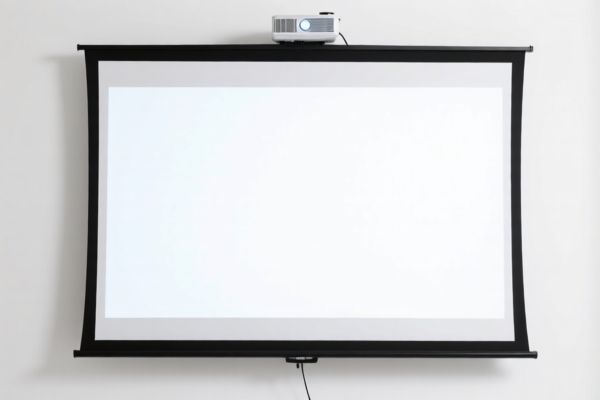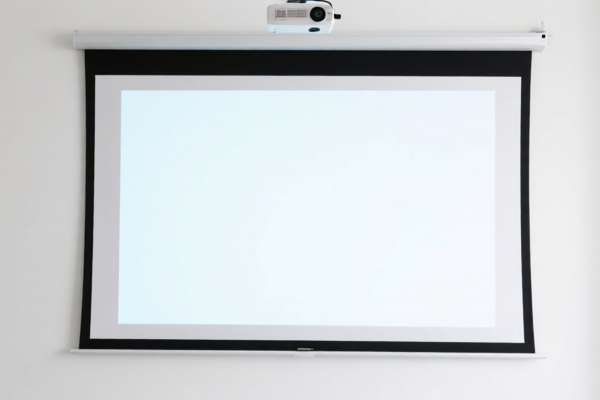| HS Code | Official Doc | Tariff Rate | Origin | Destination | Effective Date |
|---|---|---|---|---|---|
| 9008504000 | Doc | 34.6% | CN | US | 2025-05-12 |
| 9031499000 | Doc | 55.0% | CN | US | 2025-05-12 |
| 9031497000 | Doc | 55.0% | CN | US | 2025-05-12 |
| 8528690500 | Doc | 55.0% | CN | US | 2025-05-12 |
| 8528692500 | Doc | 41.4% | CN | US | 2025-05-12 |




Halloween Projector
A Halloween projector is a device that displays images, animations, or videos onto a surface, typically used for decorating during the Halloween season. These projectors offer a dynamic and convenient alternative to traditional Halloween decorations like static props and string lights.
Material
The core components of a Halloween projector generally include:
- Housing: Commonly constructed from plastic (ABS, polypropylene) for durability and lightweight portability. Some higher-end models may utilize metal alloys for improved heat dissipation and longevity.
- Light Source: Traditionally, halogen or LED lamps were used. Modern projectors almost exclusively employ LED technology due to its energy efficiency, longer lifespan, and cooler operating temperature.
- Projection Chip: This is the component responsible for generating the image. Common types include DLP (Digital Light Processing) and LCD (Liquid Crystal Display). DLP projectors generally offer better contrast and image quality, while LCD projectors are often more affordable.
- Lenses: Glass or plastic lenses focus the light and image onto the projection surface.
- Control System: Includes a microcontroller, buttons, remote receiver, and sometimes Wi-Fi or Bluetooth modules for controlling animations, brightness, and other settings.
- Power Supply: An AC adapter or battery pack provides power to the device.
Purpose
The primary purpose of a Halloween projector is to create a festive and immersive Halloween atmosphere without the need for complex setup or extensive decorating. They are designed to be easily deployed and provide a visually engaging experience.
Function
Halloween projectors function by:
- Receiving Input: The projector receives a signal from an internal memory, a USB drive, or a wireless connection (Wi-Fi, Bluetooth).
- Image Generation: The projection chip processes the input signal and generates the image or animation.
- Light Emission: The light source emits light through the projection chip and lens.
- Projection: The lens focuses the light and image onto a target surface, such as the side of a house, a window, a wall, or a screen.
- Control: Users can adjust settings like brightness, speed, animation selection, and sound volume (if equipped) using buttons, a remote control, or a mobile app.
Usage Scenarios
- Residential Decoration: Projecting images onto the exterior of homes, creating spooky scenes visible from the street.
- Indoor Parties: Displaying animations on walls or ceilings to enhance the party atmosphere.
- Halloween Events: Used at haunted houses, festivals, and other Halloween-themed events.
- Retail Displays: Creating eye-catching Halloween-themed displays in stores.
Common Types
- Static Image Projectors: Display a single, static Halloween image (e.g., a ghost, a pumpkin). These are typically the most affordable option.
- Animation Projectors: Display a series of images to create animated scenes (e.g., bats flying, skeletons dancing).
- Video Projectors: Play pre-loaded or user-uploaded videos, offering a more dynamic and customizable experience.
- Laser Projectors: Use lasers to create intricate patterns and effects. These often include sound synchronization features.
- Wi-Fi Enabled Projectors: Allow users to control the projector remotely via a mobile app and access new animations or videos online.
- Sound-Activated Projectors: Synchronize animations with music or ambient sounds.
- Indoor/Outdoor Projectors: Designed to withstand varying weather conditions for outdoor use.
Based on the provided information, “halloween projector” can be classified under the following HS codes:
-
9008504000: This HS code covers image projectors, other than cinematographic; photographic (other than cinematographic) enlargers and reducers; parts and accessories thereof: Projectors, enlargers and reducers: Other image projectors. This is applicable if the halloween projector functions as a general image projection device. The total tax rate is 34.6%, comprising a 4.6% base tariff, 0.0% additional tariff, and a 30% additional tariff effective after April 2, 2025.
-
8528690500: This HS code covers monitors and projectors, not incorporating television reception apparatus; reception apparatus for television, whether or not incorporating radio-broadcast receivers or sound or video recording or reproducing apparatus: Projectors: Other: Color: Incomplete or unfinished (including assemblies consisting of the parts specified in subdivisions (a), (b), (c) and (e) in additional U.S. note 9 to this chapter plus a power supply), presented without a display device: Incorporating video recording or reproducing apparatus. This applies if the projector is sold as a component without a display and includes video recording/reproducing capabilities. The total tax rate is 55.0%, consisting of a 0.0% base tariff and a 25.0% additional tariff, increasing to 30% after April 2, 2025.
-
8528692500: This HS code covers monitors and projectors, not incorporating television reception apparatus; reception apparatus for television, whether or not incorporating radio-broadcast receivers or sound or video recording or reproducing apparatus: Projectors: Other: Color: High definition, with a cathode-ray tube: Incorporating video recording or reproducing apparatus. This applies if the projector is a high-definition color projector with a cathode-ray tube and includes video recording/reproducing capabilities. The total tax rate is 41.4%, consisting of a 3.9% base tariff, a 7.5% additional tariff, and a 30% additional tariff effective after April 2, 2025.
Regarding HS code 8528690500 and 8528692500, please note that the additional tariff will increase to 30% after April 2, 2025.
Customer Reviews
No reviews yet.